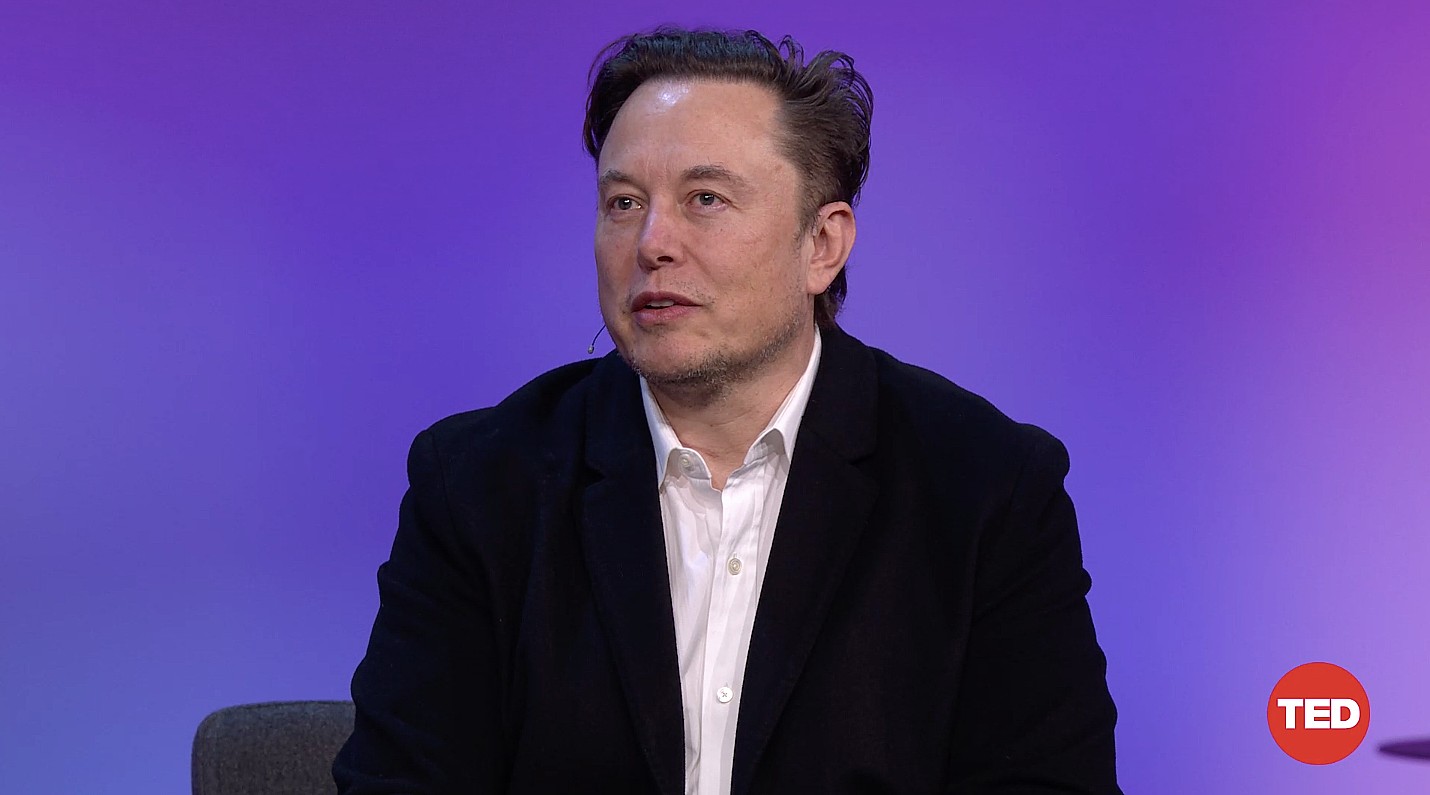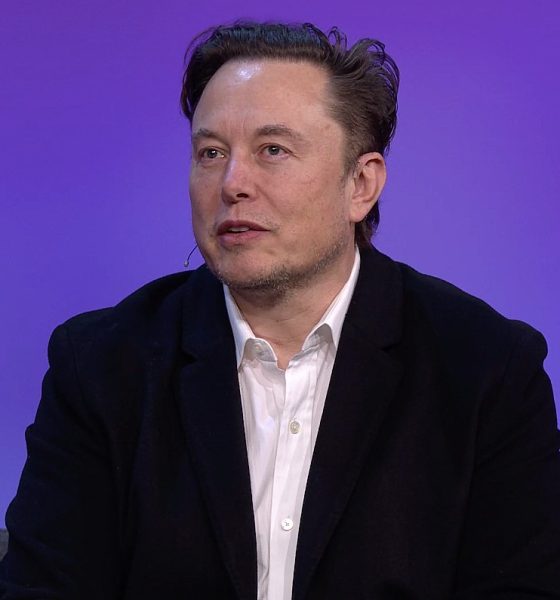A recent letter from the US Securities and Exchange Commission (SEC) states that Tesla lawyers must still pre-approve Elon Musk’s company-related tweets, even though the billionaire won the case centered on his infamous “funding secured” tweet in 2018.
In a letter to the US Court of Appeals for the 2nd Circuit in New York, the SEC argued that Musk’s earlier settlement with the agency is constitutional and valid. Musk’s settlement followed an SEC investigation into the CEO’s “funding secured” claims in 2018. It was also agreed that tweets containing material Tesla-related information would be reviewed by a lawyer — fondly dubbed the CEO’s “Twitter Sitter” by the internet — before Musk posts them.
Elon Musk’s legal team submitted a brief to a court of appeals in September 2022, seeking relief from what they alleged was a “government-imposed muzzle” that inhibits the CEO’s speech. The appeal came a month after a federal judge denied Musk’s motion to terminate his settlement provision with the SEC.
Earlier this month, a jury found that Elon Musk and Tesla were not liable in a class-action securities fraud trial centered on the CEO’s “funding secured” tweet. Musk’s lawyers then argued earlier this week that the jury verdict should be considered in an appeal against the CEO’s SEC settlement provision.
“In light of the jury finding that Mr. Musk’s tweets did not violate Rule 10b-5, the SEC lacks support both for the consent decree itself and for its arguments on appeal. The verdict provides further reason why the public interest in avoiding unconstitutional settlements easily subsumes the SEC’s purported stake in the consent decree,” Alex Spiro, one of Musk’s lawyers, wrote.
The SEC has responded to Musk’s legal team, arguing that the findings of the jury in a private securities-fraud action does not identify a “pertinent and significant” authority. The SEC also argued that Musk is “reading too much” into his jury verdict.
Following is the SEC’s response.
“Appellant Elon Musk’s letter notifying this Court about a jury verdict in a private securities-fraud action does not identify a ‘pertinent and significant’ authority. Musk waived his opportunity to test the Commission’s allegations at trial when he voluntarily agreed (twice) to a consent judgment. The district court properly rejected his request to alter the judgment because there were no “significant” changes in factual conditions or the law that justified relief under Rule 60(b)(5). Musk asserts that the consent judgment now “lacks support” given “the jury’s finding,” but this is a non-sequitur; the consent judgment was not conditioned upon the outcome of the private litigation.
“Even if the verdict were somehow relevant, Musk reads too much into it. The Commission had no role in that case. Unlike in a Commission action, the private plaintiff had to prove reliance, loss causation, and damages, In re Tesla , Dkt. 655, at 7-17 (jury instructions), and it is unknown whether the verdict turned on elements that would not burden the Commission at trial, id. , Dkt. 671, at 2-3 (verdict form). Moreover, the court instructed the jury to assume that Musk’s tweets “were untrue,” which confirms the discrete point the Commission was making when it referenced the private action in its brief. Id., Dkt. 655, at 7-8.
“Ultimately, the verdict has no bearing on whether the district court correctly declined to grant the extraordinary remedy of altering Musk’s consent judgment years after entry. The verdict says nothing about the continuing public interest in a negotiated settlement term that does not preclude Musk from tweeting accurately about Tesla or other topics, but rather requires Tesla to review Musk’s Tesla-related communications before publication, including through Musk’s Twitter feed—a communication channel designated by Tesla for disclosure. And the verdict does not justify the inapt application of the ‘unconstitutional conditions’ concept to settlements, even if this Court were to overlook Musk’s forfeiture of any arguments regarding that concept,” the SEC wrote.
It remains to be seen whether the court will uphold or dismiss the letter submitted by Musk’s legal team. The appeal is expected to be heard in the spring, although an exact date has not yet been scheduled.
627605104 Letter From US Securities Exchange Commission Feb 22 2023 by Maria Merano on Scribd
The Teslarati team would appreciate hearing from you. If you have any tips, contact me at maria@teslarati.com or via Twitter @Writer_01001101.

News
Tesla FSD fleet is nearing 7 billion total miles, including 2.5 billion city miles
As can be seen on Tesla’s official FSD webpage, vehicles equipped with the system have now navigated over 6.99 billion miles.

Tesla’s Full Self-Driving (Supervised) fleet is closing in on almost 7 billion total miles driven, as per data posted by the company on its official FSD webpage.
These figures hint at the massive scale of data fueling Tesla’s rapid FSD improvements, which have been quite notable as of late.
FSD mileage milestones
As can be seen on Tesla’s official FSD webpage, vehicles equipped with the system have now navigated over 6.99 billion miles. Tesla owner and avid FSD tester Whole Mars Catalog also shared a screenshot indicating that from the nearly 7 billion miles traveled by the FSD fleet, more than 2.5 billion miles were driven inside cities.
City miles are particularly valuable for complex urban scenarios like unprotected turns, pedestrian interactions, and traffic lights. This is also the difference-maker for FSD, as only complex solutions, such as Waymo’s self-driving taxis, operate similarly on inner-city streets. And even then, incidents such as the San Francisco blackouts have proven challenging for sensor-rich vehicles like Waymos.
Tesla’s data edge
Tesla has a number of advantages in the autonomous vehicle sector, one of which is the size of its fleet and the number of vehicles training FSD on real-world roads. Tesla’s nearly 7 billion FSD miles then allow the company to roll out updates that make its vehicles behave like they are being driven by experienced drivers, even if they are operating on their own.
So notable are Tesla’s improvements to FSD that NVIDIA Director of Robotics Jim Fan, after experiencing FSD v14, noted that the system is the first AI that passes what he described as a “Physical Turing Test.”
“Despite knowing exactly how robot learning works, I still find it magical watching the steering wheel turn by itself. First it feels surreal, next it becomes routine. Then, like the smartphone, taking it away actively hurts. This is how humanity gets rewired and glued to god-like technologies,” Fan wrote in a post on X.
News
Tesla starts showing how FSD will change lives in Europe
Local officials tested the system on narrow country roads and were impressed by FSD’s smooth, human-like driving, with some calling the service a game-changer for everyday life in areas that are far from urban centers.

Tesla has launched Europe’s first public shuttle service using Full Self-Driving (Supervised) in the rural Eifelkreis Bitburg-Prüm region of Germany, demonstrating how the technology can restore independence and mobility for people who struggle with limited transport options.
Local officials tested the system on narrow country roads and were impressed by FSD’s smooth, human-like driving, with some calling the service a game-changer for everyday life in areas that are far from urban centers.
Officials see real impact on rural residents
Arzfeld Mayor Johannes Kuhl and District Administrator Andreas Kruppert personally tested the Tesla shuttle service. This allowed them to see just how well FSD navigated winding lanes and rural roads confidently. Kruppert said, “Autonomous driving sounds like science fiction to many, but we simply see here that it works totally well in rural regions too.” Kuhl, for his part, also noted that FSD “feels like a very experienced driver.”
The pilot complements the area’s “Citizen Bus” program, which provides on-demand rides for elderly residents who can no longer drive themselves. Tesla Europe shared a video of a demonstration of the service, highlighting how FSD gives people their freedom back, even in places where public transport is not as prevalent.
What the Ministry for Economic Affairs and Transport says
Rhineland-Palatinate’s Minister Daniela Schmitt supported the project, praising the collaboration that made this “first of its kind in Europe” possible. As per the ministry, the rural rollout for the service shows FSD’s potential beyond major cities, and it delivers tangible benefits like grocery runs, doctor visits, and social connections for isolated residents.
“Reliable and flexible mobility is especially vital in rural areas. With the launch of a shuttle service using self-driving vehicles (FSD supervised) by Tesla in the Eifelkreis Bitburg-Prüm, an innovative pilot project is now getting underway that complements local community bus services. It is the first project of its kind in Europe.
“The result is a real gain for rural mobility: greater accessibility, more flexibility and tangible benefits for everyday life. A strong signal for innovation, cooperation and future-oriented mobility beyond urban centers,” the ministry wrote in a LinkedIn post.
News
Tesla China quietly posts Robotaxi-related job listing
Tesla China is currently seeking a Low Voltage Electrical Engineer to work on circuit board design for the company’s autonomous vehicles.

Tesla has posted a new job listing in Shanghai explicitly tied to its Robotaxi program, fueling speculation that the company is preparing to launch its dedicated autonomous ride-hailing service in China.
As noted in the listing, Tesla China is currently seeking a Low Voltage Electrical Engineer to work on circuit board design for the company’s autonomous vehicles.
Robotaxi-specific role
The listing, which was shared on social media platform X by industry watcher @tslaming, suggested that Tesla China is looking to fill the role urgently. The job listing itself specifically mentions that the person hired for the role will be working on the Low Voltage Hardware team, which would design the circuit boards that would serve as the nervous system of the Robotaxi.
Key tasks for the role, as indicated in the job listing, include collaboration with PCB layout, firmware, mechanical, program management, and validation teams, among other responsibilities. The role is based in Shanghai.
China Robotaxi launch
China represents a massive potential market for robotaxis, with its dense urban centers and supportive policies in select cities. Tesla has limited permission to roll out FSD in the country, though despite this, its vehicles have been hailed as among the best in the market when it comes to autonomous features. So far, at least, it appears that China supports Tesla’s FSD and Robotaxi rollout.
This was hinted at in November, when Tesla brought the Cybercab to the 8th China International Import Expo (CIIE) in Shanghai, marking the first time that the autonomous two-seater was brought to the Asia-Pacific region. The vehicle, despite not having a release date in China, received a significant amount of interest among the event’s attendees.










